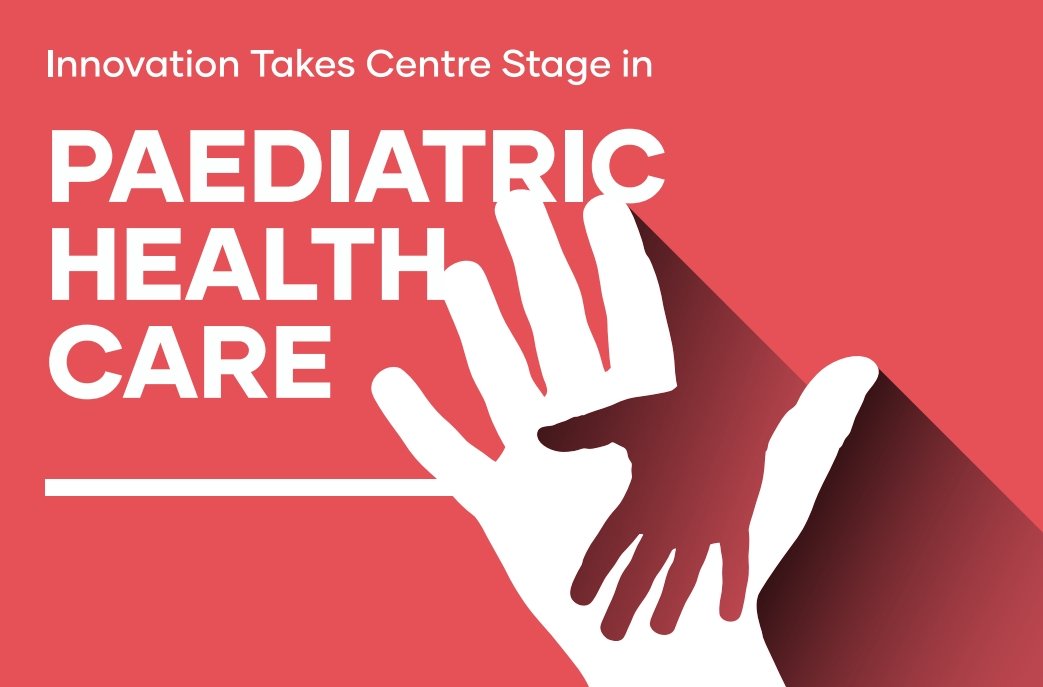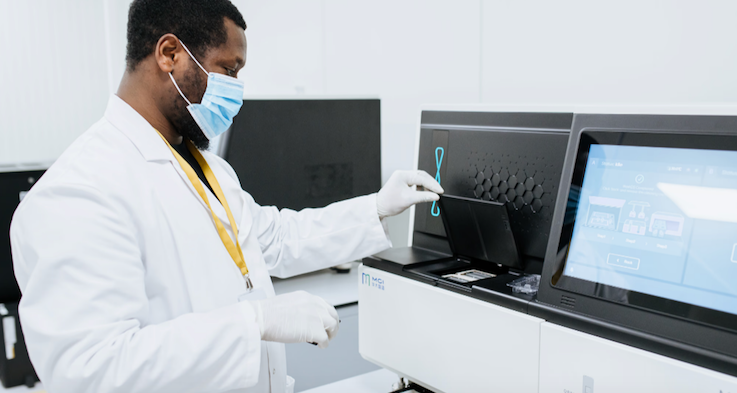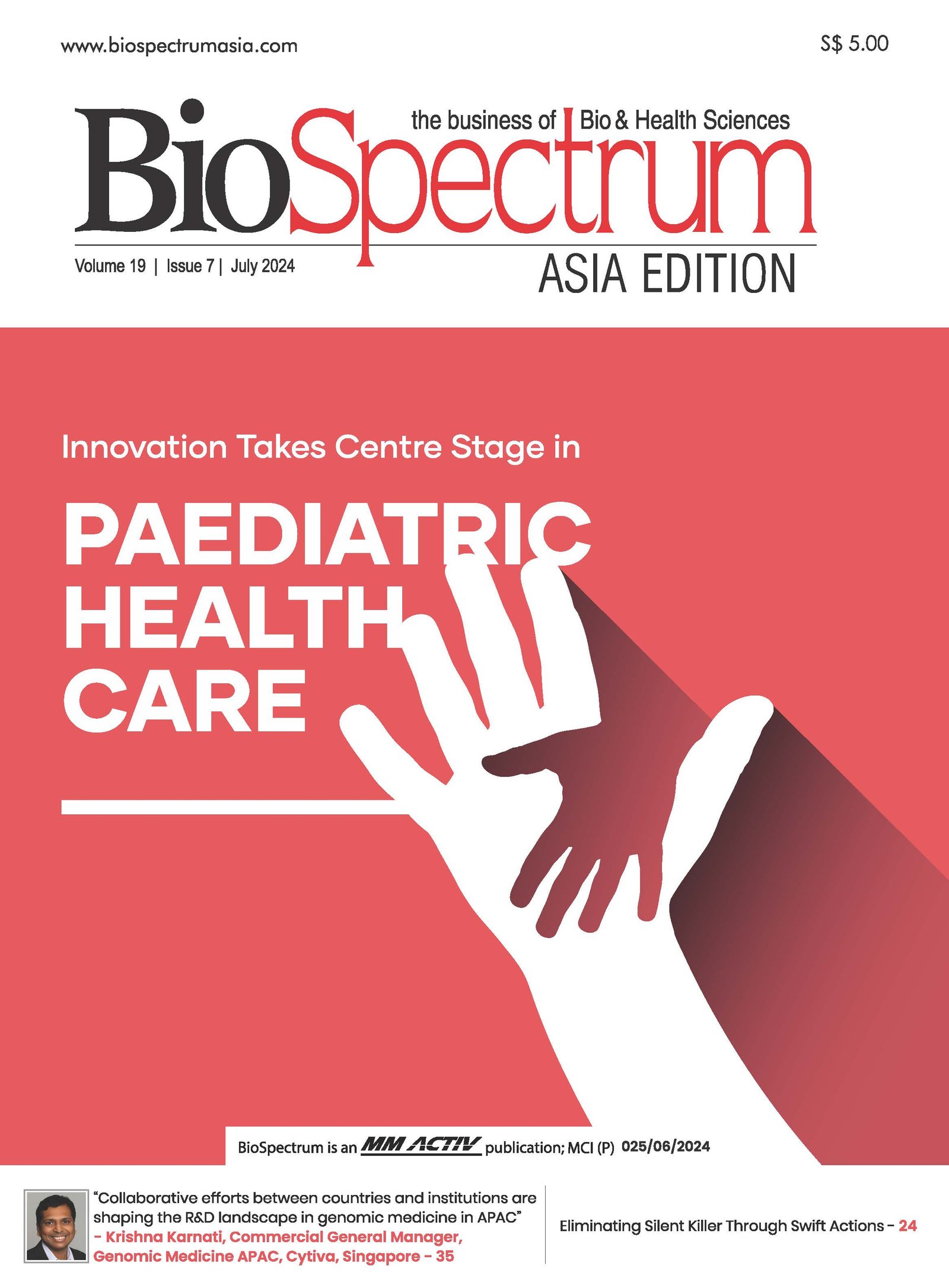US, EU, Aussie and Canada together churn $98.8 bn biotech revenue in 2013: EY
24 April 2013 | Analysis | By BioSpectrum Bureau
Singapore: Global biotechnology industry rebounded strongly in 2013, with public companies achieving double-digit revenue growth and a sharp increase in funds raised, according to Ernst & Young's annual biotechnology industry report.
Mr Glen Giovannetti, global life sciences leader, EY commented, "The biotechnology industry, particularly in the US, is in the midst of a remarkable resurgence. Product successes have boosted revenues, drawn investors and motivated large companies to invest strongly in R&D. But the vast majority of firms continue to face a resource-constrained environment and heightened product scrutiny from payers and investors. More than ever, biotech companies of all sizes need to adopt strategies to capture more value from the discovery and development process."
The report highlights:
-Companies in the industry's established biotech centers ( US, Europe, Canada and Australia) generated revenues of $98.8 billion, a 10 percent increase from 2012
-R&D spending rebounded forcefully, up 14 percent from the prior year, driven primarily by a 20 percent increase in spending in the US.
-Net income declined by $0.8 billion, driven in part by the $3.7 billion increase in R&D expenditures during the year.
-Market capitalization grew 65 percent to $791.8 billion, catalyzed by strong performances from commercial leaders, which increased enthusiasm in the sector overall.
-Biotech companies in North America and Europe raised $31.6 billion in 2013, a sharp increase from the $28.7 billion raised in 2012 and the second highest total since 2003. Fifty biotechs debuted on the public markets in 2013, raising $3.5 billion, a 300 percent increase compared to 2012 and the highest one-year total since 2000. Innovation capital, defined as the amount of equity capital raised by companies with less than $500m in revenues increased by 36 percent and comprised the majority of total funding for the first time since 2010.
-Venture capital raised by companies in North America and Europe totaled $5.8 billion in 2013, up slightly from the $5.5 billion raised the prior year.
-Total value of mergers and acquisitions involving US or European biotechs equaled $55.7 billion, an increase of 106 percent from 2012
Challenges
Despite the strong overall financial results, most biotech companies operate in a resource-constrained environment, increasing the need to conduct R&D in capital-efficient ways. The report identifies three strategies for unlocking value from R&D:
Adaptive clinical trials: The long-standing clinical trials system of sequential Phase I, II and III studies creates few learning opportunities, and it results in R&D funds being tied up for multiple years and viewed as a sunk cost that is only reexamined as the drug advances to the next phase. Adaptive trial designs enable biotech companies to refine their hypotheses and reallocate R&D dollars in real time based on data generated in the clinic. While an estimated 20 percent of clinical trials being conducted today involve some type of adaptive design, these efforts are being led primarily by global pharmaceutical companies, with many smaller and mid-cap biotechs lagging in bringing adaptive trials to earlier-stage drug development.
Precision medicine: Biomarkers and targeted therapies allow companies to identify patient sub-groups that are most likely to benefit from a particular therapy, thereby mitigating drug development risk and potentially increasing valuations from stakeholders. Precision medicine can also provide companies with more certainty in risk-sharing deals, such as market entry agreements with payers or commercial-milestone deals with strategic partners. Yet, it is estimated that only about 100 biomarkers are routinely used in clinical care. Biotech companies should expand their use of these techniques.
Precompetitive collaboration: Cross-industry collaborations to solve common problems, such as establishing uniform clinical trial methodologies and developing standards for capturing real-world data, have flourished in the last few years. As with adaptive clinical trials, these consortia have been spearheaded by large pharmas, with most biotech players not yet engaged in meaningful ways. While participation in these efforts requires the commitment of resources, including capital and senior leadership time, it can offer benefits for companies seeking to avoid wasting precious resources on common challenges. In addition, involvement in such initiatives can help companies build trust with key stakeholders, which is particularly valuable at a time when payers and regulators are bringing more scrutiny to products.
Ms Kristin Pothier, life sciences commercial advisory services leader, EY said,"At a time when it is critical for companies of all sizes to conduct R&D as efficiently as possible, adaptive trials, precision medicine and precompetitive collaborations have the potential to unlock additional value that is trapped in the pipelines of biotech companies. To accelerate the adoption of these strategies, companies should embrace new kinds of partnerships to fill capability gaps, solve logistical issues and tap into the industry's impressive track record of adaptability in the face of new challenges."












